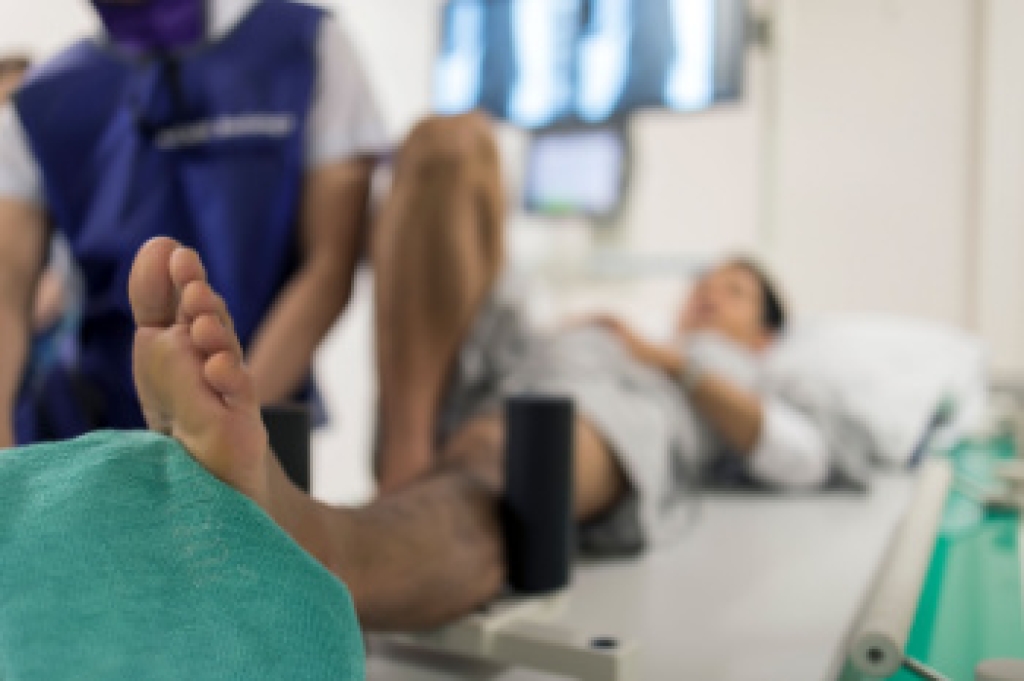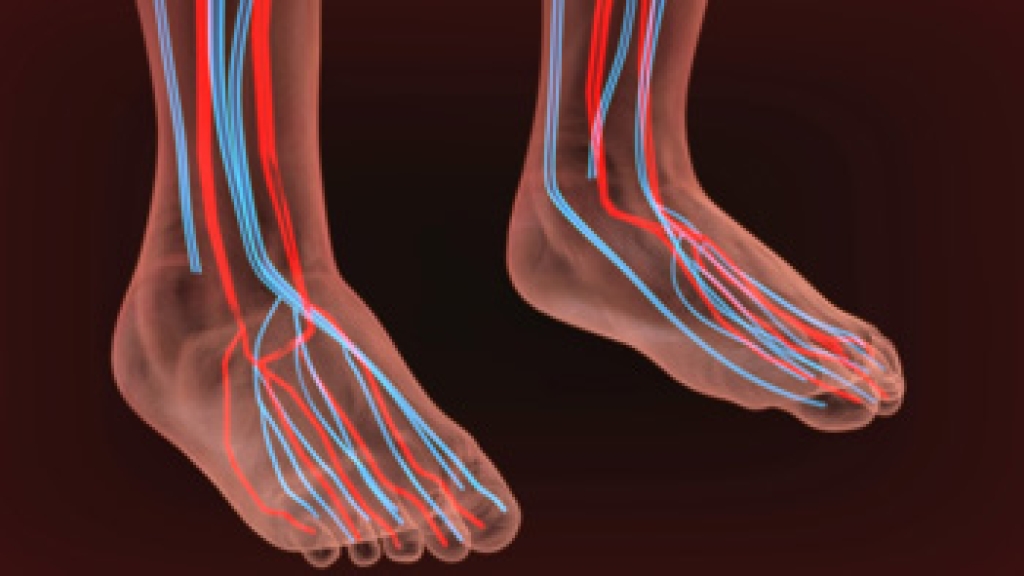
Stress fractures are small cracks in a bone that form when repeated pressure outweighs the body’s ability to recover. These injuries often appear in people who increase activity too quickly, spend long hours on hard surfaces, or wear footwear that does not provide enough support. Early signs include a pinpoint ache that becomes sharper during walking or running, and eases with rest. Swelling or mild bruising may develop, and the discomfort usually returns the moment activity resumes. Although the fracture is small, leaving it untreated can lead to a complete break or long-lasting pain. Reducing impact, resting the foot, and adjusting footwear are important first steps toward healing. If you notice persistent pain in one spot on the foot or discomfort that worsens with activity, it is suggested that you schedule an appointment with a podiatrist for a proper evaluation and appropriate treatment.
Activities where too much pressure is put on the feet can cause stress fractures. To learn more, contact one of our podiatrists from Ankle N Foot. our doctors can provide the care you need to keep your pain free and on your feet.
Dealing with Stress Fractures of the Foot and Ankle
Stress fractures occur in the foot and ankle when muscles in these areas weaken from too much or too little use. The feet and ankles then lose support when walking or running from the impact of the ground. Since there is no protection, the bones receive the full impact of each step. Stress on the feet can cause cracks to form in the bones, thus creating stress fractures.
What Are Stress Fractures?
Stress fractures occur frequently in individuals whose daily activities cause great impact on the feet and ankles. Stress factors are most common among:
- Runners
- People affected with Osteoporosis
- Tennis or basketball players
- Gymnasts
- High impact workouts
Symptoms
Pain from the fractures occur in the area of the fractures and can be constant or intermittent. It will often cause sharp or dull pain with swelling and tenderness. Engaging in any kind of activity which involves high impact will aggravate pain.
If you have any questions please contact our offices located in Chicago, Elmhurst, Bartlett, IL and Chicago, IL . We offer the newest diagnostic and treatment technologies for all your foot and ankle needs.





